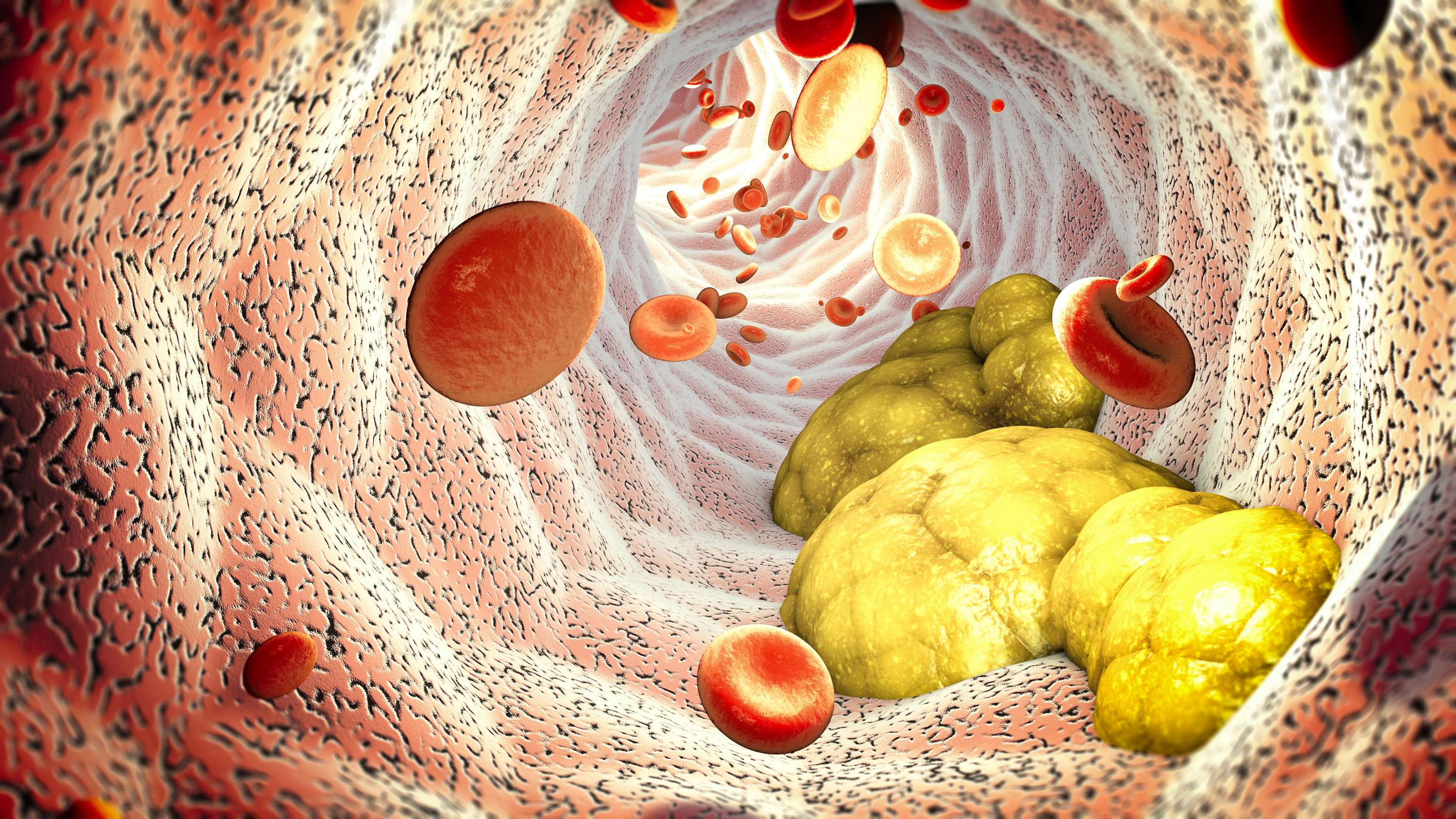The fat that accumulates between muscles could be a new silent enemy for cardiovascular health, according to a new study.

A recent study published in The Journal of Clinical Endocrinology & Metabolism warns about a less obvious but potentially more dangerous type of fat: intermuscular fat, located between muscle fibers . This accumulation, especially in the thigh area, could be a better predictor of cardiometabolic risk than abdominal fat in overweight or obese people.
The discovery and who led it The research was conducted by the Granada Biomedical Research Institute (ibs.GRANADA), the University of Granada (UGR), the Public University of Navarra (UPNA), and the CIBER (National Institute of Biomedical Research), with the participation of the Clínico San Cecilio and Virgen de las Nieves university hospitals.
The study was led by Dr. Alba Camacho Cardeñosa, a postdoctoral researcher in the Metabolic and Bone Disease Biomarkers group at ibs.GRANADA and the Endocrinology and Nutrition Department at the San Cecilio University Clinical Hospital.
“For years, it was thought that fat located in the lower body, such as the thighs and buttocks, was protective against cardiovascular disease . This finding forces us to qualify that view ,” the publication notes.
How the research was conducted The study involved 189 overweight or obese adults, half of whom were women. Each underwent MRIs to measure intermuscular fat in both the abdominal and thigh areas. Their glucose levels were also monitored continuously for two weeks, and other factors such as cholesterol, blood pressure, fasting glucose, and waist circumference were assessed.
The results showed that the accumulation of intermuscular fat in the thigh is associated with an increased risk of cardiometabolic disorders , including type 2 diabetes and cardiovascular disease.

They found that the accumulation of intermuscular fat is associated with cardiometabolic disorders. Photo: iStock
According to the researchers, abdominal fat includes subcutaneous and visceral fat, the latter already known for its association with metabolic problems . However, intermuscular thigh fat appears to be a more accurate marker of cardiometabolic risk in overweight people.
Magnetic resonance imaging or computed tomography studies are required to identify it.

This is what you should know. Photo: iStock
The Mayo Clinic, cited in the research, adds: “ People who regularly eat and drink more calories than they expend per day are more likely to gain weight, including fat.”
Implications and recommendations The study underscores the importance of differentiating between the types and locations of body fat to assess risks and design treatments.
Furthermore, it raises the need to incorporate more precise measurement methods to detect less obvious fatty deposits, which could be decisive for cardiovascular health.
Specialists recommend adopting a comprehensive approach to reducing overweight and obesity:
- Regular exercise, with emphasis on strength training and aerobic activities.
- Balanced diet, rich in lean proteins, vegetables, fruits and healthy fats.
- Moderate calorie deficit, between 200 and 500 calories daily, for sustainable weight loss.
- Periodic medical check-up to assess risks and adjust habits.
They also suggest including healthy fats such as avocado, nuts, olive oil, and fatty fish, which are essential for metabolism and overall health.
El Universal (Mexico) / GDA.
More news in EL TIEMPO *This content was rewritten with the assistance of artificial intelligence, based on information from El Universal (GDA), and reviewed by the journalist and an editor.
eltiempo





